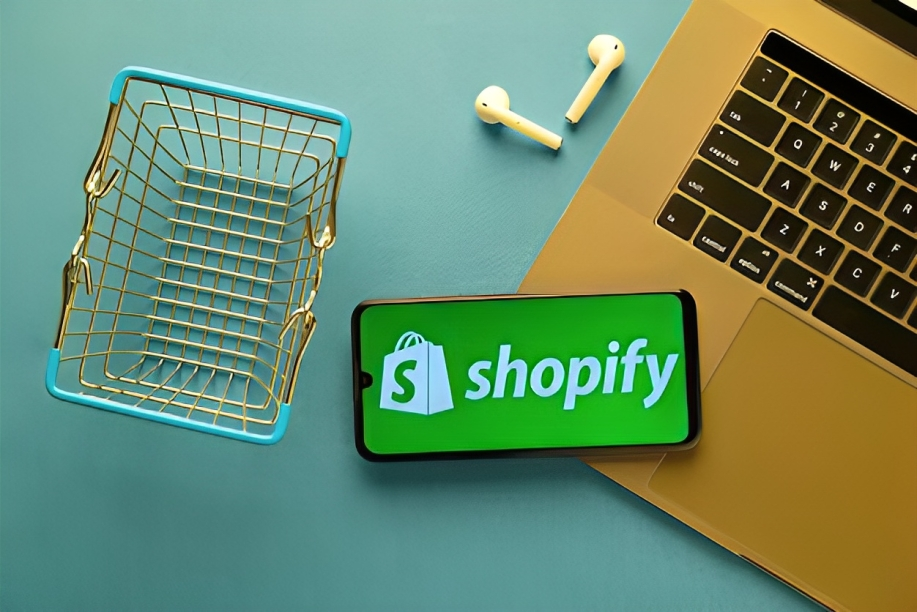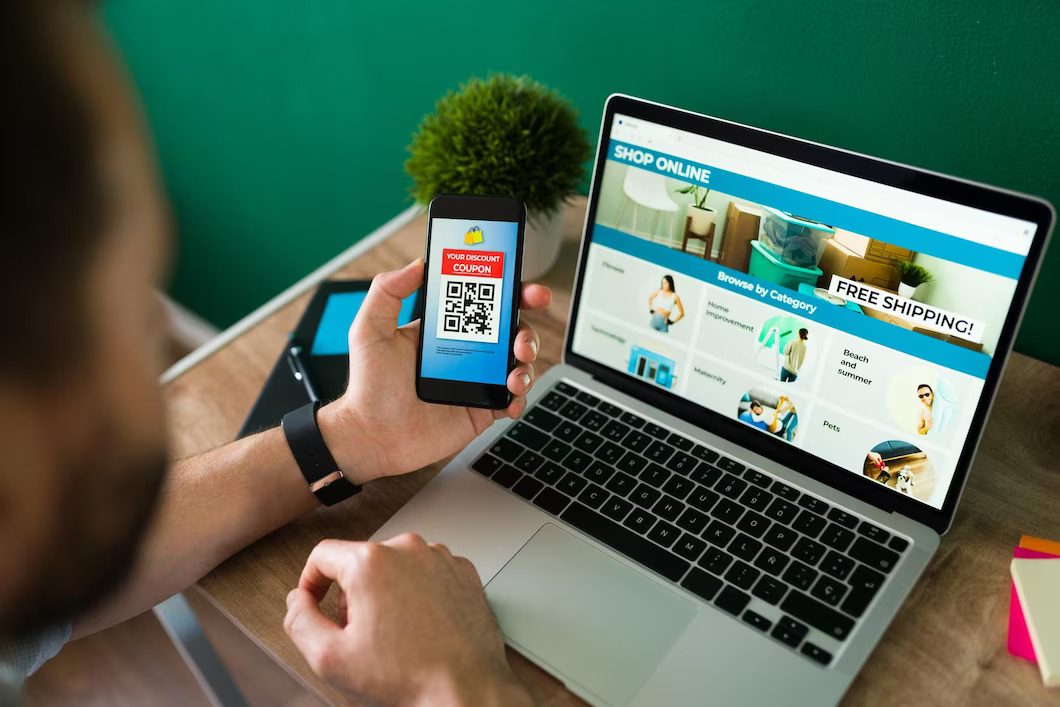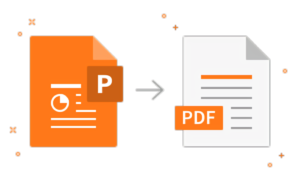How To Dropship On Shopify?
- 1 For those unfamiliar, what is dropshipping?
- 2 How much money can you make dropshipping through Shopify?
- 3 In Just 8 Simple Measures, You Can Begin Dropshipping On Shopify
- 3.1 Firstly: Pick a Product Line to Dropship
- 3.2 Secondly: Sign up for Shopify
- 3.3 Thirdly: Go with a print-on-demand service provider
- 3.4 Fourth: Design your products
- 3.5 Fifth: Customize your Shopify store
- 3.6 Sixth: Put up your wares for sale
- 3.7 Seventh: Eat and oversee your virtual shop.
- 3.8 Eighth: Promotion of your dropshipping store
Time and money are two resources that are often scarce for fledgling business owners. As a result of the need for an initial profit and the need to compensate personnel, startup founders often find themselves working long hours. Because of this, dropshipping is a fantastic option for new business owners. Businesses can save money and devote more resources to advertising when they outsource production, storage, and distribution to a third party.
However, many people still need help understanding the model. That’s why we put up this detailed instructional manual. In this guide you will learn about the mechanics of dropshipping business on Shopify, where to find trustworthy suppliers and promotion strategies for your dropshipping enterprise.
For those unfamiliar, what is dropshipping?
In dropshipping, a creative or entrepreneur sells products online but contracts with a third-party supplier to handle inventory and order fulfillment. The inventor or entrepreneur launches a Shopify storefront and hires a dropshipping provider to package and deliver orders. Independent producers and e-commerce enterprises can profit from dropshipping since it eliminates wholesale inventories and inventory management. Online shops may expand globally with the right dropshipping partner. Shopify merchants who use Gelato may use print-on-demand to get their products made by 130+ manufacturing partners and dispatched internationally. More than 85% of Shopify dropshipping products are built to order locally to simplify, sustain, and scale.
How much money can you make dropshipping through Shopify?

Shopify store owners can make a lot of money with a dropshipping business model. Most Shopify drop shippers make between $1,000 and $5,000 monthly, with the top earners bringing in more than $100,000 yearly. The success of a Shopify dropshipping business, like any other e-commerce strategy, is contingent on several variables. Your Shopify dropshipping store’s profit margins will be heavily influenced by the cost to acquire the products you sell and the price you offer them to clients. It’s reasonable to expect to pay a premium for high-quality goods, but the more expensive your supplier is, the larger your markup must be to generate a profit.
Thankfully, with a dropshipping setup, there is no need for costly logistics like production or storage space for inventory. So, while you must keep an eye on product pricing, you need not fret over high fixed costs. Instead, you can put your energy into building a strong brand that can help your company expand.
Potential clients can learn more about your Shopify dropshipping company through digital marketing, such as email marketing and social media marketing. Other initiatives, such as producing and selling popular Shopify products, can also help you build a strong e-commerce brand, leading to a meteoric rise in sales and revenue.
In Just 8 Simple Measures, You Can Begin Dropshipping On Shopify

Shopify makes it simple to launch a drop-shipping enterprise. Using the following eight guidelines, you may confidently develop a specific company plan, introduce a website selling personalized goods, and team up with a print-on-demand service to facilitate the smooth processing of orders. Learn the fundamentals of running a Dropship on Shopify with this easy-to-follow guide:
Firstly: Pick a Product Line to Dropship
Every Shopify store selling goods via dropshipping must, of course, stock a selection of goods to sell. What needs to be more evident is the specific types of dropshipping goods that will sell best. So, pick a market to focus on before launching your Shopify dropshipping store. A niche is a market subset with shared tastes and behaviors, such as serious gamers, pet owners, or health nuts. Make a list of the things you’re interested in, such as calligraphy or custom fashion, to help you choose a profitable niche. The next step is to undertake market research to determine if there is enough demand for the associated goods. You can find successful dropship niches and the best-selling fashionable products in each niche using social media, Google Search, and Google Trends.
Examine the other businesses that are already established in your chosen niche. Given that you and your rivals will be vying for the same customers, evaluating the items and designs they’ve already released is important so you can set yourself apart. To name just a few examples of the many potentially lucrative and in-demand dropship products at your disposal:
Clothing for adults, including t-shirts, sweatshirts, long sleeves, tank tops, and hoodies:
- Bodysuits, onesies, sweatshirts, and t-shirts are all examples of apparel for children and infants.
- Bags and phone covers are examples of accessories.
- Accents for the home, such as wallpaper and paintings.
- Glasses, jars, and bottles for holding liquids.
- Cards and calendars are examples of stationary.
Secondly: Sign up for Shopify
Now that you have decided on a market niche and product offering, you can officially launch your dropshipping business by signing up for a Shopify account. Shopify offers a free 14-day trial for anyone who wants to take a test drive before committing fully. Shopify is a leading e-commerce platform, and once you try it out (and see how simple it is to begin dropshipping), you’ll certainly be convinced. Selecting one of Shopify’s three dropshipping plans that are right for your business at this time is crucial. The cheapest Basic package has basic reporting and two staff accounts.
Thirdly: Go with a print-on-demand service provider
Without a trustworthy dropshipping provider to back it up, a Shopify store is just another attractive face in the cyber world. Don’t discount print-on-demand services while you search for dropshipping partners to handle the order fulfillment. Like dropshipping, print on demand (POD) entails a supplier printing, packaging, and delivering orders directly to customers.
A POD provider is similar to a traditional dropshipping service in that it facilitates the elimination of the need for stocking and related expenses. Unlike a standard drop shipper, a POD supplier may print unique designs on your products. Additionally, a print-on-demand provider (like Gelato!) with a worldwide network may sub in for numerous vendors, create, and ship globally.
Fourth: Design your products
It’s time to start planning your dropshipping business’s product catalog. Suppose you want your product designs to look as polished as possible. In that case, it’s best to employ a graphic designer or utilize the Gelato Design Editor (free for Gelato+ users!) to play around with millions of stock photos and premium typefaces. If you want to take a risk, you can make your designs with programs like Adobe Illustrator or Canva.
Fifth: Customize your Shopify store
Your Shopify shop is ready for customization when your product designs are ready. Find a name for your Shopify dropshipping business that is unique and descriptive of your target market. Your store’s name, like your logo, should convey the essence of your business and be easily remembered by customers. Then, use Shopify’s free and premium themes to create a storefront that reflects your company’s identity. Shopify’s great theme editor gives you complete control over your website’s look, down to the fonts, colors, and buttons. Remember that your online store’s aesthetic should work in harmony with what you offer, so use the same color scheme and design aesthetic throughout.
Sixth: Put up your wares for sale
After opening your storefront:
- List products for customers.
- Take several high-quality photos of your products to finish your listing.
- For clothes, photograph a model wearing each item in good lighting and on a plain background.
Next, write product descriptions that include material, size, and why clients need them. Use keywords like “red women’s tank top” in product titles and descriptions to rank better in search engine results pages (SERPs) and drive more traffic to your Shopify dropshipping website. Finally, connect Shopify to your print-on-demand provider. This integration sends customer orders to your POD supplier automatically. Shopify’s assist Desk or Gelato’s Shopify guide can assist you in linking your storefront to your print-on-demand service.
Seventh: Eat and oversee your virtual shop.
Now that you have products on your Shopify site and ready to sell, you can officially launch your dropshipping business. Setting up Shopify’s payment and delivery options is the first step. Create a refund policy for clients needing to exchange or return an item from your Shopify store once you’ve figured out shipping prices and techniques.
After making your debut on the web, plan out how you’ll be there to help them with their purchases. Monitor your Shopify dashboard over the coming weeks to assess your company’s progress. To make informed decisions, you must regularly monitor your conversion rate, sales income, average order value, and client lifetime value.
Eighth: Promotion of your dropshipping store
Build brand awareness and sales to expand your Shopify dropshipping business. Paid advertisements on many sales channels, including Google, Facebook, and Instagram, are a great place to start if you want to expand your online store’s customer base. Promoting your business on social networking sites is another way to get your name out there and interact with possible new clients.
You can collect the email addresses of present and potential consumers through your social media channels. Email marketing is a powerful tool for Shopify drop shippers to employ when announcing sales, freebies, and other promotions to their clientele. Shopify Email also includes pre-made templates that can be used to quickly and easily develop email campaigns for online merchants. If you want more people to visit your Shopify store, consider using influencer marketing. Through influencer marketing, social media stars and micro-celebrities can help promote your business and products to their (much larger) following. Choosing an influencer whose audience overlaps your target demographic is important.

















